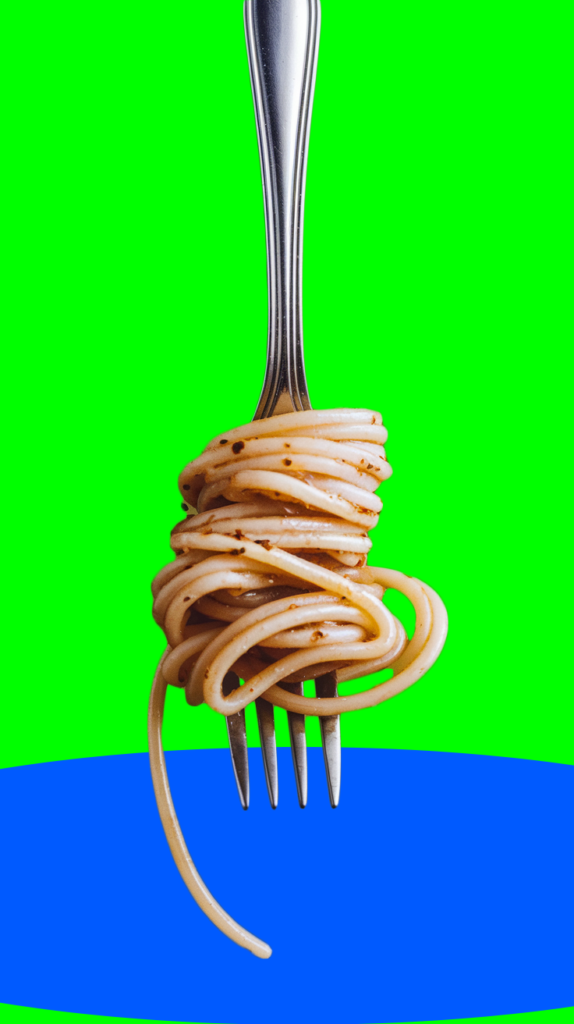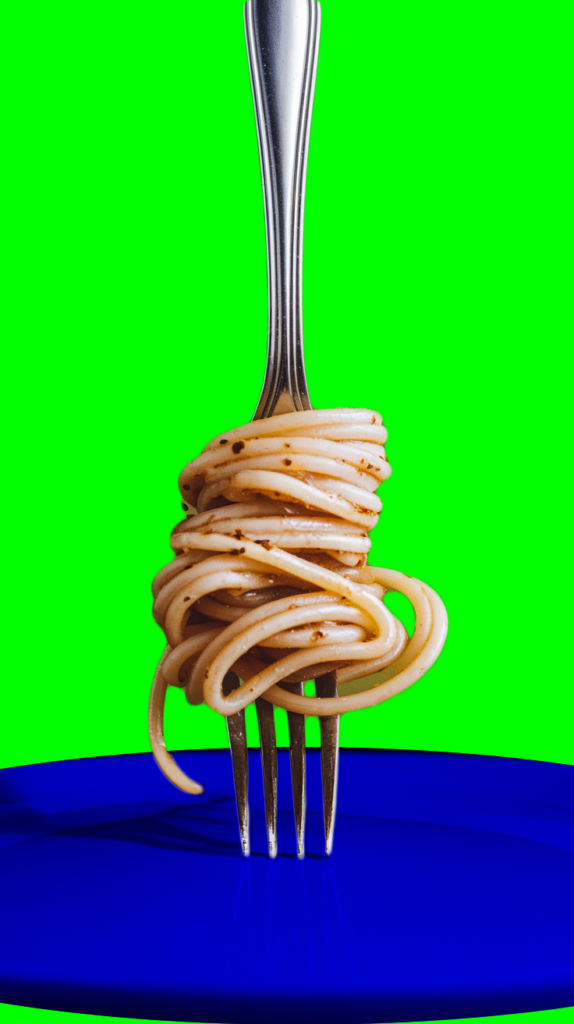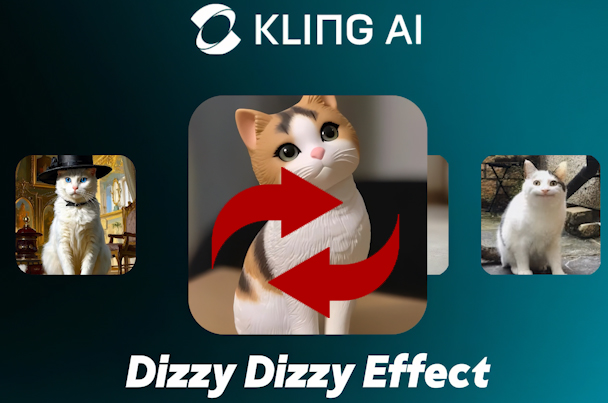Kling AI’s DizzyDizzy effect is designed to make things twirl—but what if your subject isn’t a person or animal? When I tried making spaghetti spin on a fork, it failed… over and over. 🍝❌
Turns out, AI needs a reference point. After some trial and error, I cracked the secret—tricking AI into seeing a plate. Want to know how? Read on and save yourself some wasted credits! 🔄✨
How to Use Kling AI’s DizzyDizzy Effect Beyond Characters
AI isn’t perfect—it’s a tool that requires learning and adaptation. One of the biggest misconceptions? That AI should just understand what you want. But the truth is, AI is still evolving, and sometimes you have to experiment to get the results you want.
DizzyDizzy: What It Does and Where It Struggles
Kling AI recently introduced DizzyDizzy, an effect designed to make your subject twirl. It works great for conventional characters like humans and animals, but when I tried applying it to something different—spaghetti twirling on a fork—it didn’t work.
At first, I assumed the issue was my image, so I tried different variations. Still no luck. I even placed the fork on a green screen, hoping for better results. Nope. That’s when I realized something important:
💡 DizzyDizzy needs a reference point.
Solving the Puzzle: Making AI Recognize the Scene
Kling AI wasn’t recognizing my fork with spaghetti as something that should spin. The solution? I had to trick it into believing it was on a plate. Here’s what finally worked:
Added a plate under the fork – At first, I tried a simple circle, but that didn’t work.

Changed the plate color to dark blue with a shadow – This was the breakthrough! AI finally recognized the scene properly.

Keyed out the green background collar and the blue plate in post-production – Once DizzyDizzy worked, I swapped out the blue plate for a steaming spaghetti animation.
🚀 Final result? A perfect twirling fork of spaghetti!
AI is an Investment in Learning
We’re used to paying for finished products, but AI isn’t a static tool—it’s constantly evolving. Yes, you pay for it, but it’s also an investment in the future. Learning how models interpret prompts and recognizing their limitations is part of the process.
And no, devs aren’t hiding some secret formula for prompting. That’s just not how machine learning works. AI models don’t “think” like humans—they process patterns and probabilities.
That’s why I’ll be sharing my failures along the way—so you don’t waste time or credits figuring things out alone. Stay tuned for more AI tricks and experiments! 🎨✨
Curious to try it out? Use my affiliate link to support me: klingaiaffiliate.pxf.io/XmG52M 💗
#KlingAI #DizzyDizzy #MachineLearning #AIArt #Prompting #AIEffects


Leave a Reply
You must be logged in to post a comment.